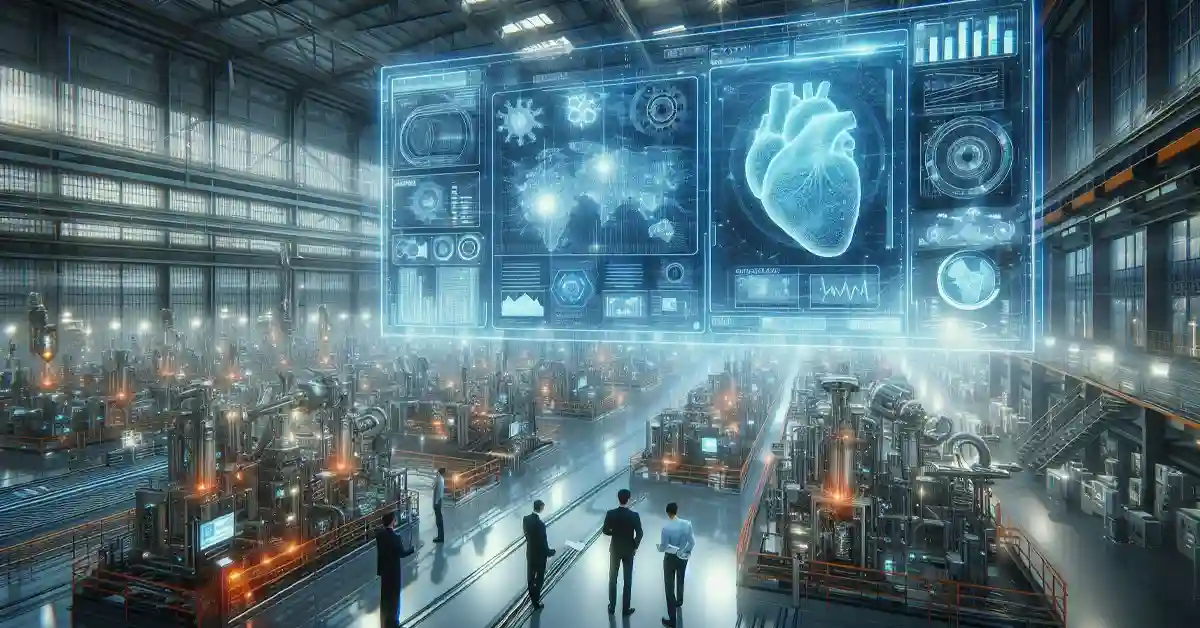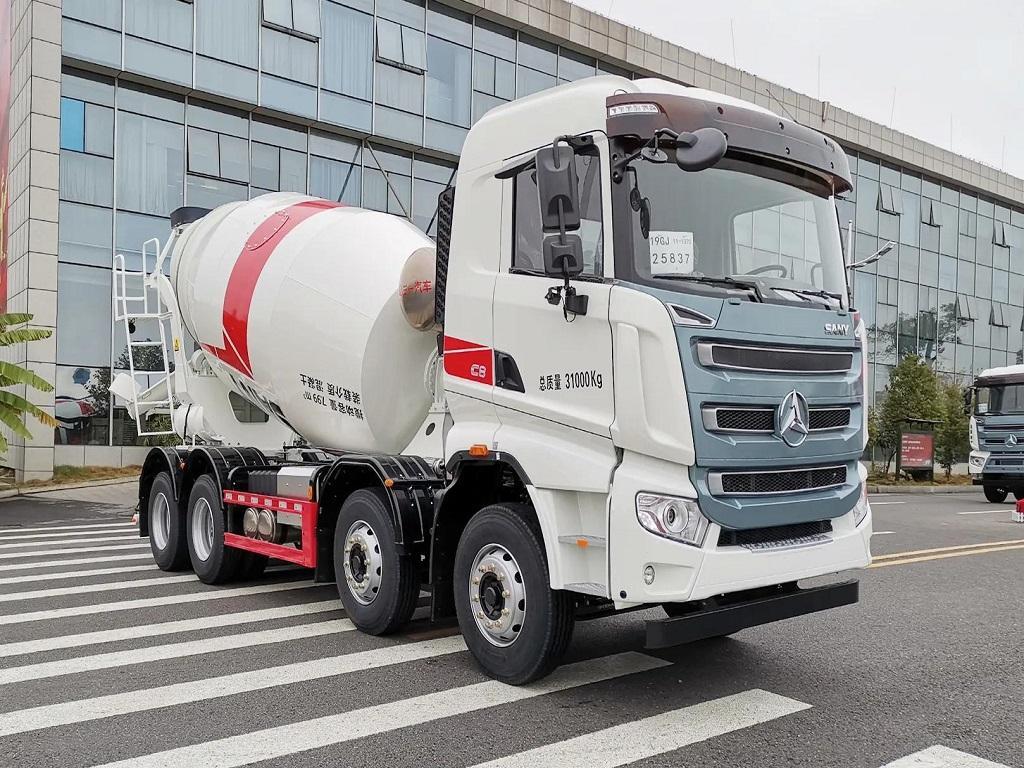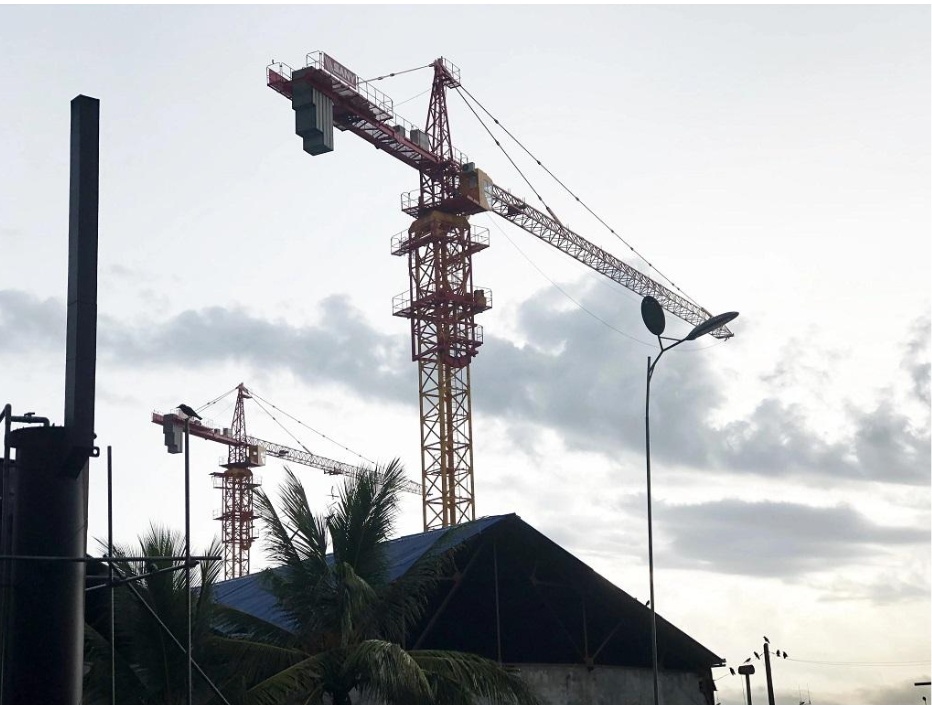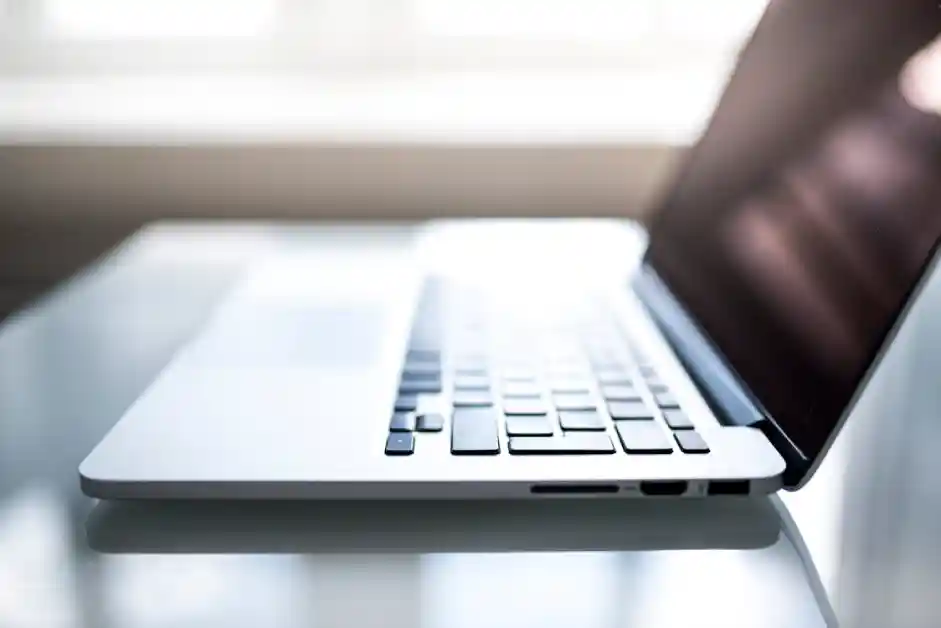Imagine being able to create an exact digital copy of a physical object or system. Sounds like science fiction, right? That’s the magic of Digital Twin Technology. This groundbreaking technology is revolutionizing various industries, from manufacturing to healthcare, by providing a virtual replica of real-world entities.
What exactly is Digital Twin Technology? How can it benefit different sectors? Why should you, as a tech enthusiast or innovator, care about it? We’ll explore these questions and more in this comprehensive guide. By the end, you’ll understand how Digital Twin Technology is shaping the future and why it’s becoming indispensable.
In this article, we’ll break down the concept of Digital Twin Technology, its applications, benefits, and the pivotal role it plays in innovation. Whether you’re a tech geek or an industry leader, you’ll find valuable insights that could spark your next big idea.
What is Digital Twin Technology?
Digital Twin Technology involves creating a digital replica of a physical object, system, or process. This virtual model mirrors its real-world counterpart, allowing for real-time monitoring, analysis, and optimization. Engineers and scientists use it to simulate conditions and predict outcomes, which can enhance efficiency and innovation.
Digital twins gather data from sensors and other IoT devices attached to a physical object. This data is then analyzed to mimic the object digitally. This process helps in understanding how the object functions and how it can be improved. It’s like having a virtual lab where you can test scenarios without any risk.
By using digital twins, organizations can save money, reduce downtime, and make better-informed decisions. They offer a powerful tool for predictive maintenance, design optimization, and performance management. Industries such as aerospace, automotive, and energy are harnessing this technology for significant gains.
The Origins of Digital Twin Technology
The concept of digital twins dates back to the early 2000s. NASA was one of the first to use it for space exploration missions. They created digital replicas of spacecraft to monitor and manage them during missions. This innovative approach allowed NASA to simulate different scenarios and address potential issues before they became real problems.
Fast forward to today, and Digital Twin Technology has evolved significantly. It is now used in various industries beyond aerospace. From smart cities to healthcare, the applications are vast and growing. Companies are investing heavily in this technology to stay competitive and drive innovation.
Understanding the history of digital twins helps us appreciate how far we’ve come and where we’re headed. It also highlights the technology’s potential to transform industries and improve our daily lives.
Real-World Applications of Digital Twin Technology
One of the most exciting aspects of Digital Twin Technology is its versatility. Here are some real-world applications:
- Manufacturing: Companies use digital twins to optimize production processes, reduce waste, and improve product quality. By simulating different manufacturing scenarios, they can identify the best methods and avoid costly mistakes.
- Healthcare: Digital twins of human organs are used for personalized medicine and treatment planning. Doctors can simulate surgeries and predict patient outcomes, leading to better care and reduced risks.
- Smart Cities: Urban planners create digital twins of cities to manage infrastructure, traffic flow, and energy consumption. This helps in making cities more efficient, sustainable, and livable.
These examples illustrate how digital twins can solve complex problems and drive innovation. By leveraging this technology, industries can achieve remarkable results and stay ahead of the curve.
Benefits of Digital Twin Technology
The advantages of Digital Twin Technology are numerous and impactful. Here are some key benefits:
- Enhanced Efficiency: Digital twins allow for real-time monitoring and analysis, which helps in optimizing processes and reducing downtime. This leads to significant cost savings and improved productivity.
- Predictive Maintenance: By analyzing data from digital twins, companies can predict equipment failures and schedule maintenance proactively. This minimizes unplanned outages and extends the lifespan of assets.
- Improved Decision-Making: Digital twins provide valuable insights into performance and potential issues. This information helps decision-makers make informed choices and take corrective actions promptly.
These benefits highlight the importance of adopting Digital Twin Technology. It empowers organizations to operate more efficiently, reduce risks, and innovate continuously.
How Digital Twins Work
Digital twins operate by collecting data from sensors and IoT devices attached to a physical object. This data is transmitted to a digital platform, where it is analyzed and used to create a virtual replica. The digital twin mirrors the real object’s behavior and characteristics.
Engineers can interact with the digital twin to simulate different conditions and scenarios. This allows them to test and refine designs, optimize performance, and predict outcomes. The process involves continuous data collection and analysis, ensuring the digital twin remains accurate and up-to-date.
Understanding the mechanics of digital twins helps us appreciate their potential. It also underscores the importance of data in driving innovation and improving outcomes.
Digital Twin Technology in Manufacturing
In the manufacturing industry, digital twins are game-changers. They enable companies to create virtual models of their production lines and processes. By simulating different scenarios, manufacturers can identify bottlenecks, optimize workflows, and improve product quality.
One example is the automotive industry, where digital twins are used to design and test new car models. Engineers can simulate different driving conditions and analyze how the car performs. This helps in refining designs and ensuring safety and reliability.
Digital twins also play a crucial role in predictive maintenance. By monitoring equipment in real-time, manufacturers can identify potential issues before they lead to failures. This proactive approach reduces downtime and extends the lifespan of machinery.
Digital Twins in Healthcare
The healthcare sector is another area where digital twins are making a significant impact. By creating digital replicas of human organs, doctors can simulate surgeries and predict patient outcomes. This personalized approach leads to better treatment plans and improved patient care.
For instance, digital twins of hearts are used to plan complex surgeries. Surgeons can practice the procedure on the digital twin, identifying potential risks and refining their approach. This reduces the chances of complications and improves patient recovery.
Digital twins are also used in medical research to study diseases and develop new treatments. By simulating different scenarios, researchers can understand how diseases progress and identify potential interventions. This accelerates the development of new therapies and improves patient outcomes.
Smart Cities and Digital Twin Technology
Urban planners are leveraging digital twins to create smart cities. By creating virtual replicas of cities, they can manage infrastructure, traffic flow, and energy consumption more efficiently. This leads to more sustainable and livable urban environments.
One example is Singapore, which has developed a digital twin of the entire city. This virtual model is used to monitor and manage various aspects of city life, from traffic congestion to water supply. The data collected helps in making informed decisions and improving city services.
Digital twins also play a role in disaster management. By simulating different scenarios, city planners can prepare for natural disasters and develop effective response strategies. This proactive approach reduces risks and ensures the safety of residents.
The Role of AI and IoT in Digital Twin Technology
Artificial Intelligence (AI) and the Internet of Things (IoT) are key enablers of Digital Twin Technology. AI algorithms analyze data collected from IoT devices to create accurate digital replicas. This process involves continuous learning and adaptation, ensuring the digital twin remains up-to-date.
IoT devices, such as sensors and smart meters, collect real-time data from physical objects. This data is transmitted to a digital platform, where it is analyzed and used to create the digital twin. The combination of AI and IoT enables continuous monitoring and optimization of the digital twin.
Understanding the role of AI and IoT in digital twins highlights the importance of data in driving innovation. It also underscores the need for robust data security and privacy measures to protect sensitive information.
Challenges and Limitations of Digital Twin Technology
While Digital Twin Technology offers numerous benefits, it also comes with challenges and limitations. One challenge is the high cost of implementation. Creating and maintaining digital twins requires significant investment in technology and infrastructure.
Another challenge is data security and privacy. Digital twins rely on real-time data from IoT devices, which can be vulnerable to cyberattacks. Ensuring data security and protecting sensitive information is crucial for the success of digital twins.
There are also limitations in terms of accuracy and scalability. Creating an accurate digital twin requires precise data and advanced algorithms. Scaling the technology to large and complex systems can be challenging and resource-intensive.
The Future of Digital Twin Technology
The future of Digital Twin Technology is promising, with continuous advancements in AI, IoT, and data analytics. As technology evolves, digital twins will become more accurate, scalable, and accessible. This will open up new possibilities for innovation and efficiency across various industries.
One emerging trend is the use of digital twins in sustainability efforts. By creating digital replicas of natural ecosystems, researchers can study the impact of human activities and develop strategies for conservation. This approach can help in addressing environmental challenges and promoting sustainable development.
Another trend is the integration of digital twins with augmented reality (AR) and virtual reality (VR). This combination can enhance the visualization and interaction with digital twins, making them more intuitive and user-friendly.
Conclusion
Digital Twin Technology is revolutionizing industries by providing a powerful tool for real-time monitoring, analysis, and optimization. From manufacturing to healthcare, its applications are vast and impactful. By leveraging digital twins, organizations can enhance efficiency, reduce risks, and drive innovation.
Understanding the potential of Digital Twin Technology is crucial for tech enthusiasts and innovators. It offers valuable insights and opportunities for those looking to stay ahead of the curve. By adopting this technology, businesses can not only improve their operations but also contribute to a more sustainable and innovative future.
Explore more about Digital Twin Technology and how it can benefit your organization. Stay curious, stay innovative, and keep exploring the possibilities of this groundbreaking technology.
FAQs and Answers on Digital Twin Technology
What is Digital Twin Technology?
Digital Twin Technology involves creating a virtual replica of a physical object, system, or process. This digital model mirrors its real-world counterpart, allowing for real-time monitoring, analysis, and optimization. It helps in understanding how the object functions, predicting outcomes, and improving performance through data collected from sensors and IoT devices.
How does Digital Twin Technology benefit different industries?
Answer: Digital Twin Technology offers numerous benefits across various industries:
- Manufacturing: Optimizes production processes, reduces waste, and improves product quality.
- Healthcare: Enables personalized medicine and treatment planning by simulating surgeries and predicting patient outcomes.
- Smart Cities: Enhances infrastructure management, traffic flow, and energy consumption, making cities more efficient and sustainable.
- Aerospace and Automotive: Facilitates design optimization and predictive maintenance, leading to improved safety and reduced downtime.
How did Digital Twin Technology originate?
The concept of Digital Twin Technology originated in the early 2000s, with NASA being one of the first to use it for space exploration missions. They created digital replicas of spacecraft to monitor and manage them during missions, allowing for scenario simulations and problem-solving before issues arose. This innovative approach has since evolved and expanded into various industries.
What role do AI and IoT play in Digital Twin Technology?
Artificial Intelligence (AI) and the Internet of Things (IoT) are crucial for the functionality of Digital Twin Technology. IoT devices, such as sensors and smart meters, collect real-time data from physical objects. This data is then analyzed using AI algorithms to create accurate digital replicas. The continuous learning and adaptation capabilities of AI ensure that digital twins remain up-to-date, enabling real-time monitoring and optimization.
What are some challenges and limitations of Digital Twin Technology?
Despite its many benefits, Digital Twin Technology faces several challenges and limitations:
- High Implementation Costs: Significant investment in technology and infrastructure is required.
- Data Security and Privacy: Real-time data from IoT devices can be vulnerable to cyberattacks, necessitating robust security measures.
- Accuracy and Scalability: Creating precise digital twins requires accurate data and advanced algorithms. Scaling the technology for large and complex systems can be resource-intensive.
- Technical Complexity: Integrating and managing the various components involved in digital twin systems can be challenging for organizations.










